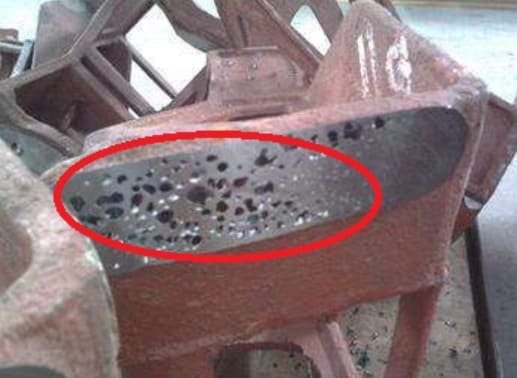What Are Common Defects in Grey Iron Casting and How to Prevent Them?
Grey Iron Casting Defects
Grey iron casting is a pivotal process in various industries, known for its ability to produce strong and complex components. Predominantly used in automotive, construction, and machinery manufacturing, grey iron casting has been instrumental in creating robust and durable parts. Understanding the common defects that can occur during this process, such as porosity, shrinkage, and cold shuts, is essential. Identifying and addressing these issues is crucial in maintaining the high-quality standards required in grey iron castings, ensuring the reliability and integrity of the final products.
Identifying Common Grey Iron Casting Defects
In grey iron castings, common defects such as porosity, cold shuts, and inclusions are often encountered. Porosity, the presence of tiny holes in the casting, can weaken the structural integrity, making the part less durable under stress. Cold shuts occur when molten iron doesn’t fully merge during casting, leading to weak spots. Inclusions, foreign materials trapped within the casting, can cause internal weaknesses. These defects not only compromise the strength and durability of the final product but can also impact its functionality and safety in critical applications.


Strategies for Preventing Defects in Grey Iron Casting
To minimize defects in grey iron casting, adopting best practices in the casting process is essential. Controlled cooling is critical to prevent issues like porosity and cold shuts, as it ensures even solidification. Proper mold design also plays a vital role in eliminating defects, as it facilitates the uniform flow and cooling of molten iron. Quality control measures are equally important, as they aid in the early detection and correction of any defects. Implementing these strategies can significantly enhance the quality and reliability of grey iron castings.
Ensuring High-Quality Grey Iron Castings
Addressing common defects in grey iron casting is crucial for maintaining the integrity and quality of the final products. Implementing preventive strategies like controlled cooling, proper mold design, and stringent quality control ensures that grey iron castings meet the required standards of durability and functionality. These practices not only enhance the quality and efficiency of the casting process but also contribute to the long-term reliability and performance of the cast products. Thus, a focused approach to minimizing defects is essential for the sustained success of grey iron casting in various industries.
For more detailed information on these practices, it’s recommended to consult industry-specific resources or experts in grey iron casting.





